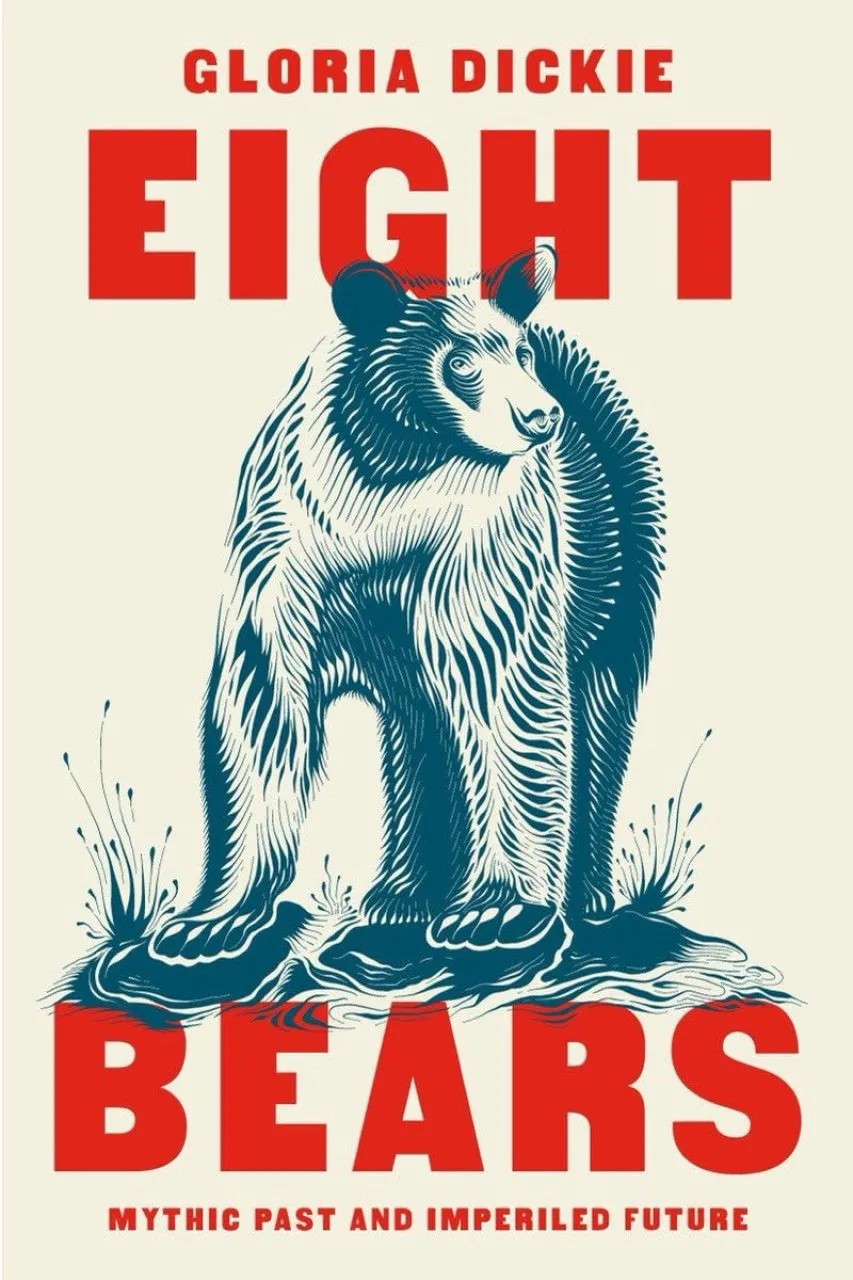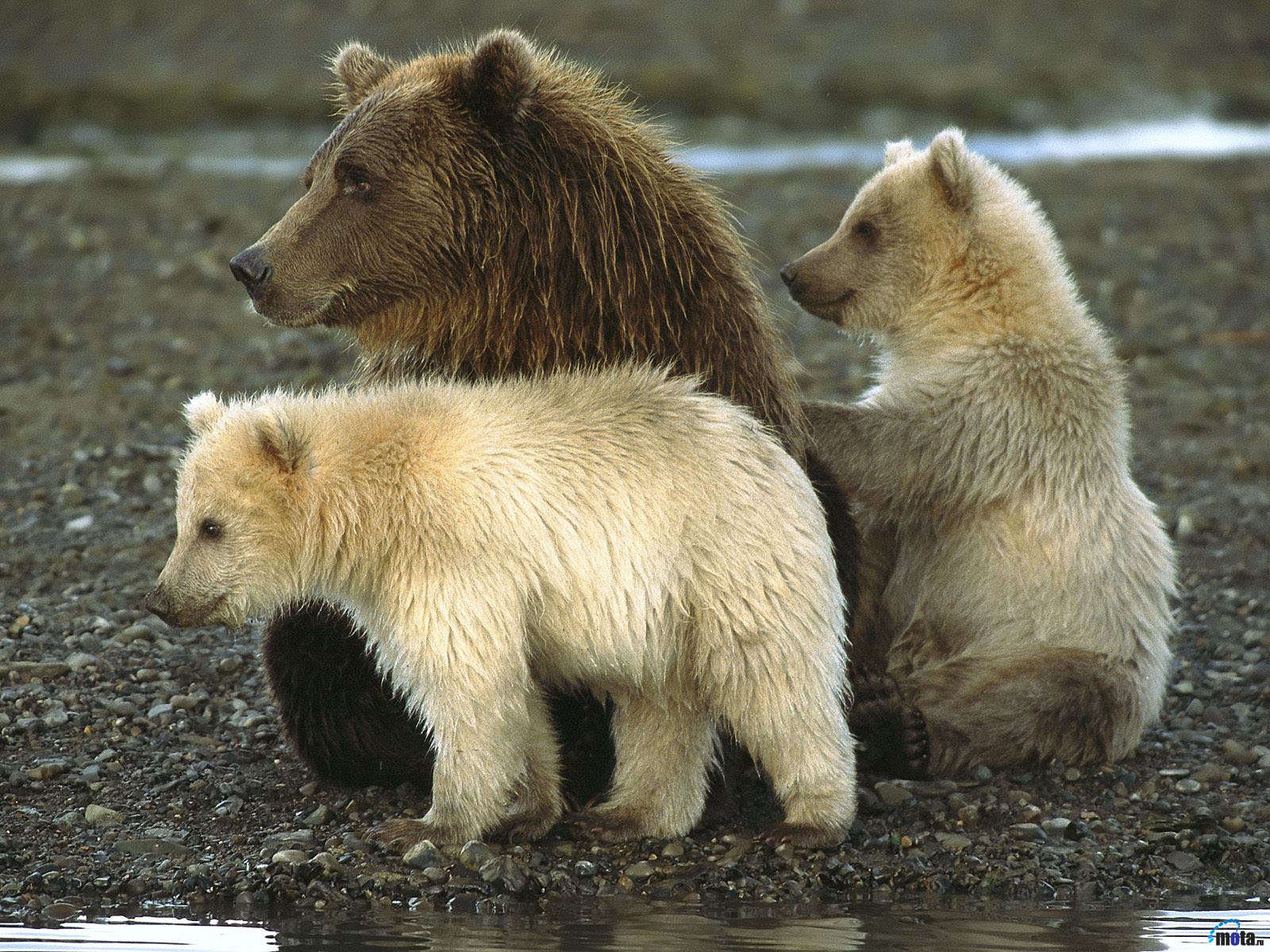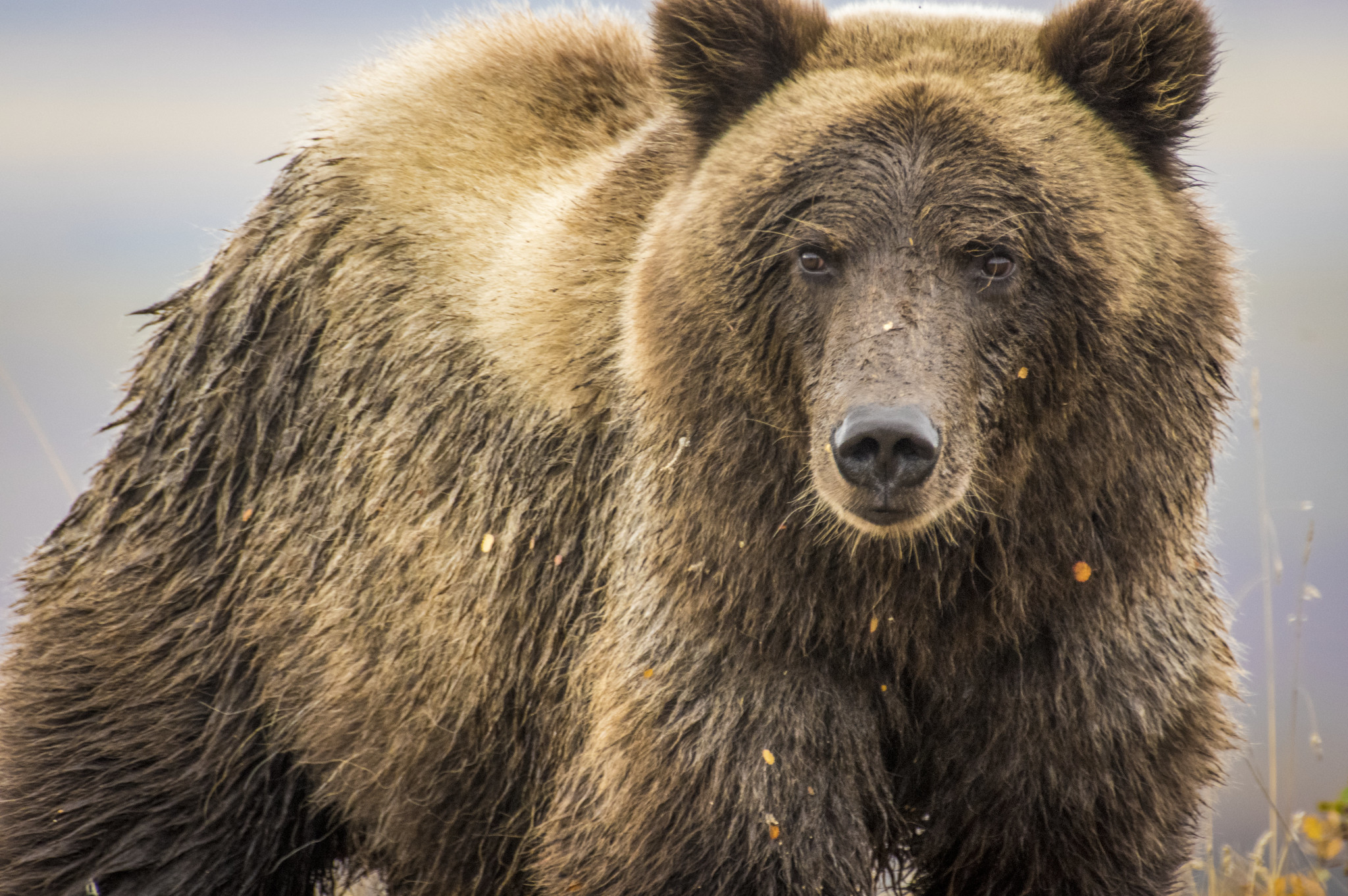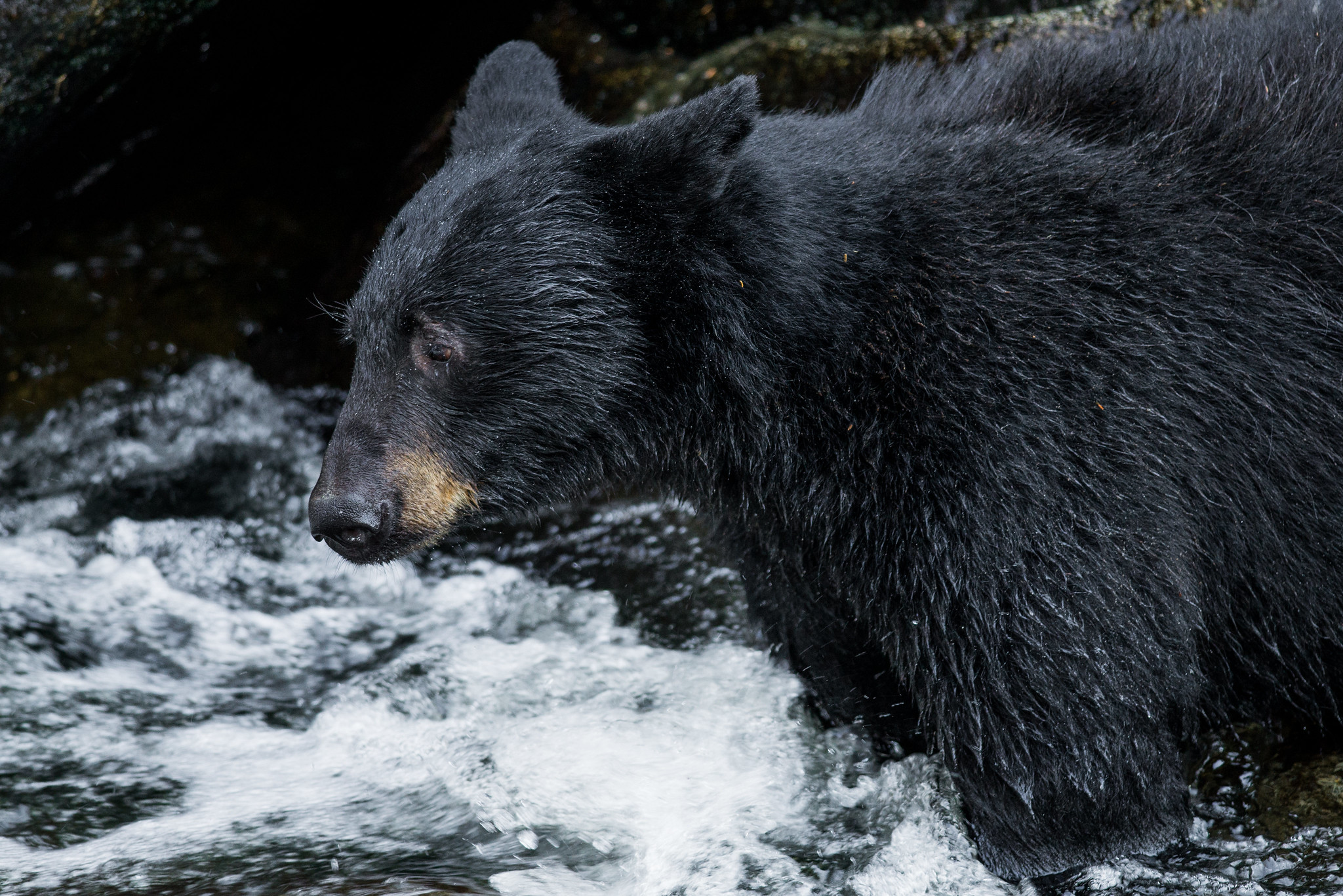 ***** A mighty fine environmental reportage
***** A mighty fine environmental reportage
Though bears loom large in our collective imagination, their flesh-and-blood counterparts are increasingly losing ground. Eight Bears, the debut of environmental journalist Gloria Dickie, draws on visits to key hotspots where Earth’s remaining bear species come into conflict with humans. By interviewing scores of people, both conservationists and those suffering at the paws of these large predators, this nuanced and thought-provoking reportage asks whether humans and bears can coexist.
The roots of this book go back to 2013 when Dickie started a master’s in environmental journalism and midway settled on bear-human conflicts in the Rocky Mountains. Since then, she has travelled to Asia and the Americas to see first-hand all eight extant bear species. The only obvious regions missing from her story are Alaska, Russia, and Europe, all of which have large populations of bears. Even so, she has visited a formidable list of destinations. As an aside here, kudos to both the stylish bear portraits by Arjun Parikh opening each chapter, and Dickie’s meticulous list of notes. The latter mentions the many people she has interviewed or corresponded with over the years and, for some sources, provides additional notes that are too detailed for the main narrative.
The first half of the book’s subtitle promises a look at the bear’s mythic past. Though there is mention here of the predominance of bears in northern hemisphere cultures, the so-called circumpolar bear cult tradition, and the rarely discussed role of the bear in Peruvian culture and history, this is a minor motif in the book. Much more can be and has been said about the cultural history of bears.

Instead, as seems unavoidable when writing about megafauna nowadays, the focus of Eight Bears is on the second half of the subtitle, their imperilled future. The outlook is grim and Dickie early on mentions that “almost everywhere I went, bears seemed to be a shadow of what they once were” (p. 8). Probably the biggest threat is habitat loss, followed closely by hunting and poaching. A historic combination of these two decimated North American bear populations under European settlement. Polar bears have become the poster children of climate change, though the disappearance of sea ice is yet another form of habitat loss. I would be remiss if I did not mention that several whistleblowers have argued that hunting poses a continued but underappreciated threat to polar bears. Asia is additionally home to some particularly grisly practices: sloth bears are beaten into submission to become dancing bears, and moon and sun bears are experiencing years of, what is effectively, surgical torture on bile farms. The former has been outlawed with a reasonable degree of success, the latter less so. From her descriptions, Dickie visits the same bile farmer and speaks to some of the same people that Nuwer interviewed for her 2018 book Poached. Little seems to have improved in the intervening years, unfortunately.
Though bears are usually at the losing end of human-wildlife conflict, Dickie does not avoid exploring the flipside. Many readers outside of Asia might be surprised to learn that the inappropriately named sloth bear is easily the world’s most dangerous bear. In India, more than 100 attacks every year kill or gruesomely injure predominantly poor, rural people, with Dickie seeking out some of the victims. In the USA, where grizzly populations are recovering, she speaks to ranchers and farmers who lose livestock to bears and frequently object that “liberal urbanites are the ones who want predators back on the landscape, but they aren’t the ones suffering the consequences” (p. 177). In Canada, she visits the remarkable tourist town of Churchill at the edge of Hudson Bay which is home to equal numbers of humans and polar bears. To keep people safe while avoiding lethal control methods as much as possible, it relies on an unprecedented amount of technology. Even so, human lives are at risk, and Dickie speaks to a woman who survived a mauling.

The chapters focusing on bears in the USA offer some of the most remarkable case studies of people attempting to live alongside bears. The century-long history of black bear management around Yosemite National Park offers “a full-scale experiment of all the ways people and bears can clash” (p. 153). After decades of park management doing things wrong (making a tourist attraction out of bears scavenging on garbage dumps, thus inadvertently training a generation of them how not to forage in the wild), they spent decades trying to do things right. A combination of bear-resistant food storage containers on campgrounds and strict enforcement of rules has trained tourists to be more mindful.
Eight Bears becomes more thought-provoking as it progresses. Here is how it provoked mine. Dickie puts down several relevant dots on paper at different points in the book (mentioning human population growth, climate change, and the resource-hungry global supply chain) but she does not explicitly connect them to draw the contours of the larger challenge ahead. So, here be a tangent, and my attempt to connect those dots, triggered by her repeated interviewing of grizzly bear recovery coordinator Chris Servheen. Upon retirement in 2015, with grizzlies sufficiently recovered, he supported their delisting. However, by 2021, seeing how states were failing to manage grizzly populations “with maturity and grace” (p. 180), he changed his mind. This raises fundamental questions. What is the point of all our conservation efforts if we do not address the root causes that got threatened species in trouble in the first place? For me, books such as Abundant Earth and Alfie & Me have really driven home the point that, unless we change our relationship with the natural world and stop treating it as a bottomless larder, conservation is little more than a palliative solution, a stay of execution. If we restore animals to an increasingly degraded environment, to a human population that does not want to share the world with them, they will have to remain on permanent life support. To be clear, I do not think conservation is futile; it is vital. So long as it is not an end unto itself. We cannot lose sight of the bigger picture: a world hospitable to non-human animals. Servheen’s call for “maturity and grace” in the context of grizzly bear management can just as well be applied to our tenancy of this planet.

Even if you were to come away from this book without having your thoughts similarly provoked, Eight Bears is a mighty fine environmental reportage that is nuanced and well-researched. Given the often regional nature of books on bears and people, Dickie’s globetrotting overview of the challenges faced by all extant bears is very welcome.
